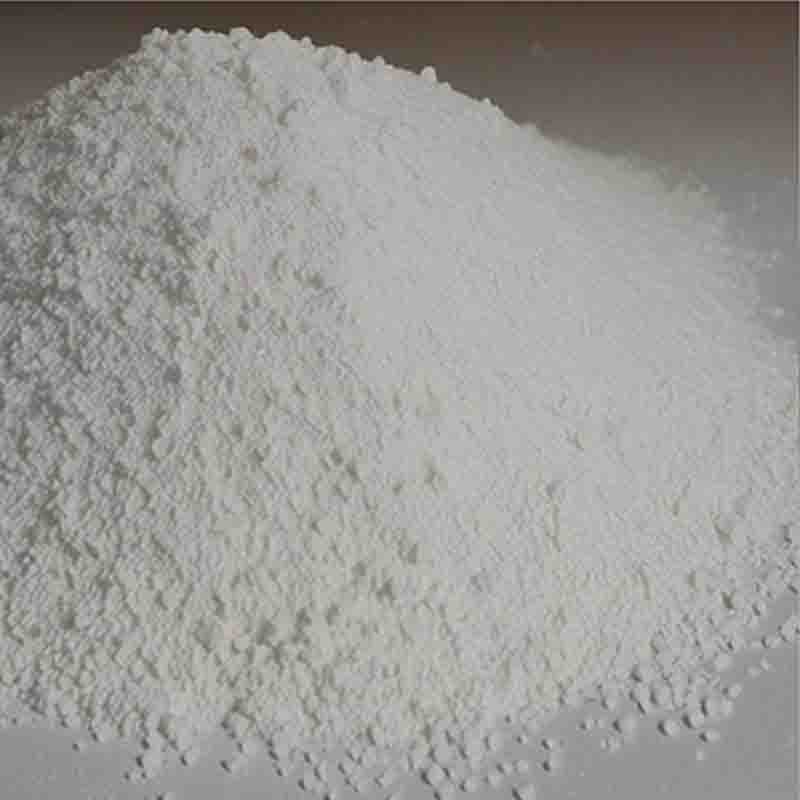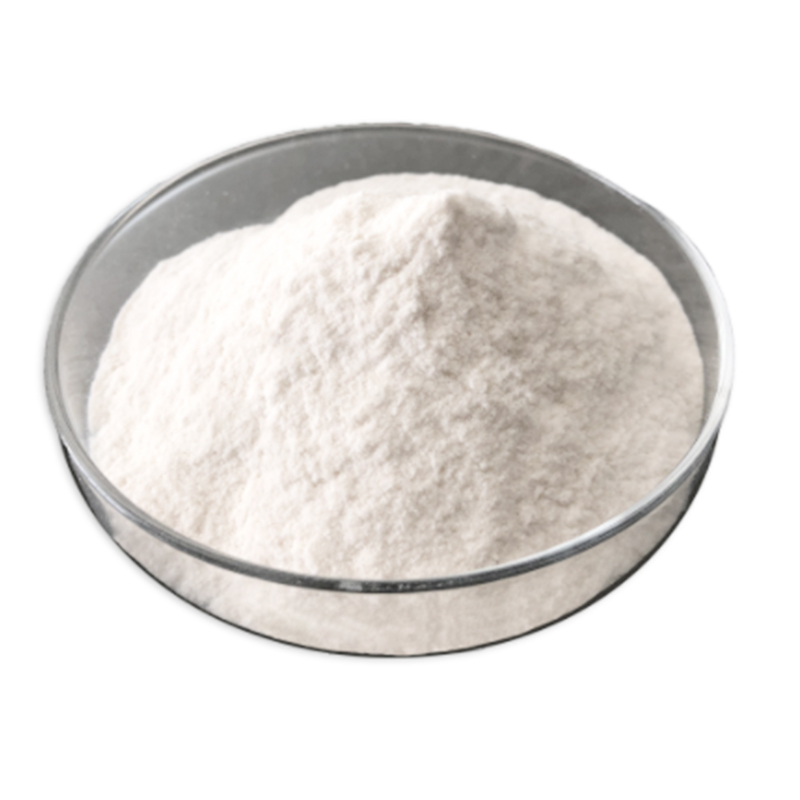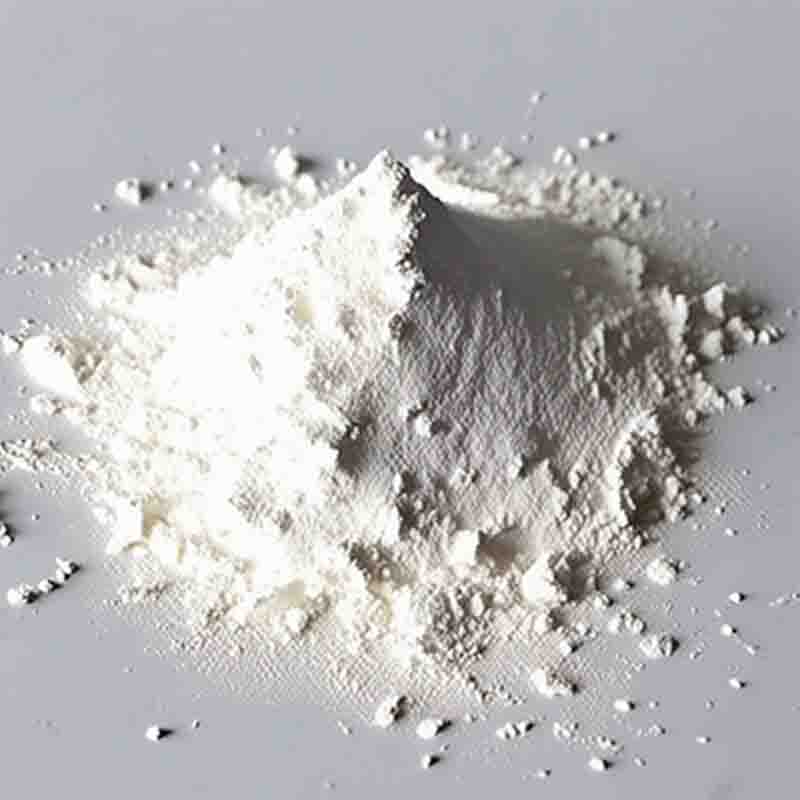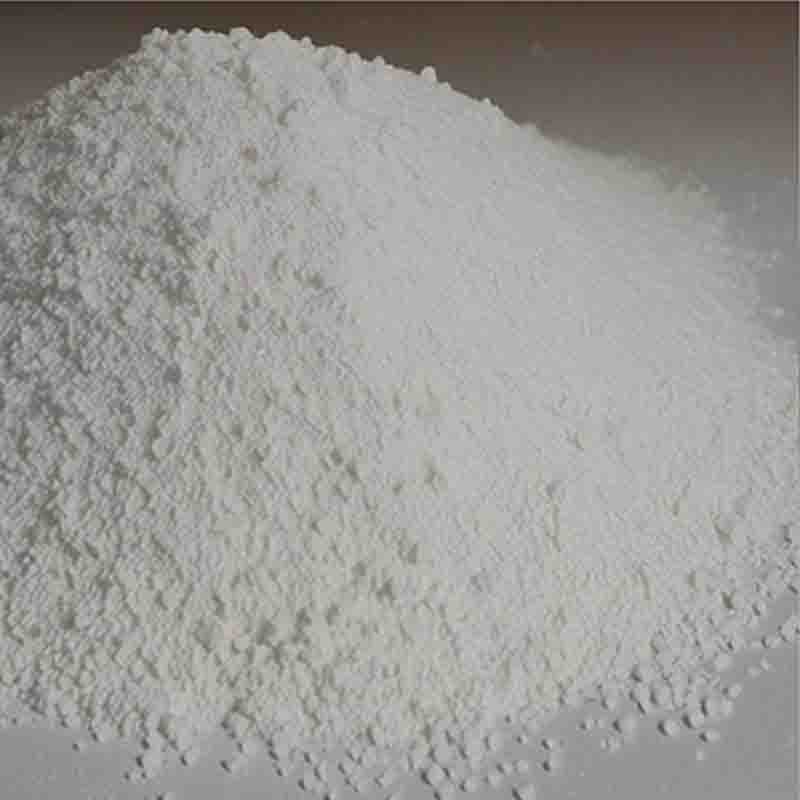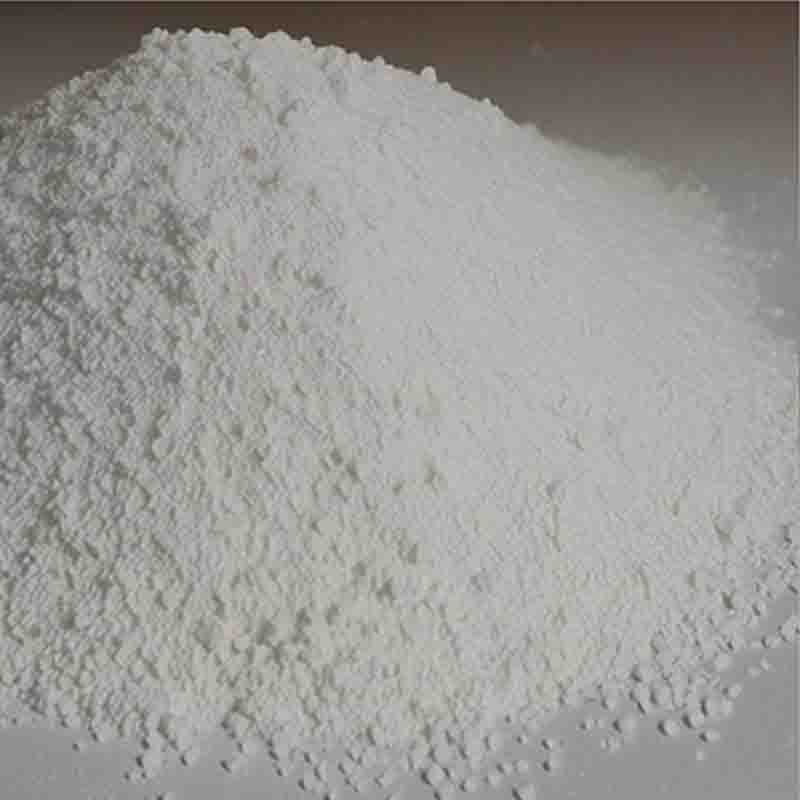2-methyl-4(3H)-quinazolinone CAS:1769-24-0
| Catalog Number | XD95910 |
| Product Name | 2-methyl-4(3H)-quinazolinone |
| CAS | 1769-24-0 |
| Molecular Formula | C9H8N2O |
| Molecular Weight | 160.17300 |
| Storage Details | Ambient |
Product Specification
| Appearance | White powder |
| Assay | 99% min |
2-methyl-4(3H)-quinazolinone is an organic compound with the chemical formula C10H8N2O. In this 300-word essay, we will discuss the known effects and uses of 2-methyl-4(3H)-quinazolinone.Pharmaceutical Applications:One of the significant uses of 2-methyl-4(3H)-quinazolinone is its role in the development of pharmaceutical drugs. The compound has been extensively studied for its pharmacological properties and potential therapeutic applications. Quinazolinone derivatives, including 2-methyl-4(3H)-quinazolinone, have shown various biological activities, including antitumor, antimicrobial, anti-inflammatory, and analgesic effects. These properties make them attractive candidates for drug discovery and development.Anticancer Activity:Studies have shown that 2-methyl-4(3H)-quinazolinone exhibits anticancer properties. It has cytotoxic effects on cancer cells and has been investigated as a potential chemotherapeutic agent. The compound has been found to inhibit the growth of different cancer cell lines, including breast, lung, colon, and prostate cancer cells. Researchers believe that its anticancer activity may be due to its ability to interfere with specific cellular processes involved in cancer progression.Antimicrobial Potential:Another important effect of 2-methyl-4(3H)-quinazolinone is its antimicrobial activity. It has been shown to possess antibacterial and antifungal properties. Research has indicated that the compound inhibits the growth of various bacterial strains, including both Gram-positive and Gram-negative bacteria. Additionally, it has demonstrated antifungal activity against common fungal pathogens. These findings suggest that 2-methyl-4(3H)-quinazolinone may have potential applications as an antimicrobial agent.CNS Effects:Substances with quinazolinone structural motifs have also been investigated for their effects on the central nervous system (CNS). Although more research is needed specifically on 2-methyl-4(3H)-quinazolinone in this context, other quinazolinone derivatives have shown potential anxiolytic and sedative-hypnotic effects. These compounds have been studied for their ability to modulate the neurotransmitter systems in the brain, leading to potential applications in the treatment of anxiety and sleep disorders.In conclusion, 2-methyl-4(3H)-quinazolinone has shown diverse effects and potential uses. It has demonstrated anticancer activity, antimicrobial properties, and has potential applications in the field of CNS disorders. However, further research is needed to fully understand its mechanisms of action and to explore its potential therapeutic applications. The compound's versatile nature and biological activities make it an interesting target for continued investigation in the field of pharmaceutical research.


